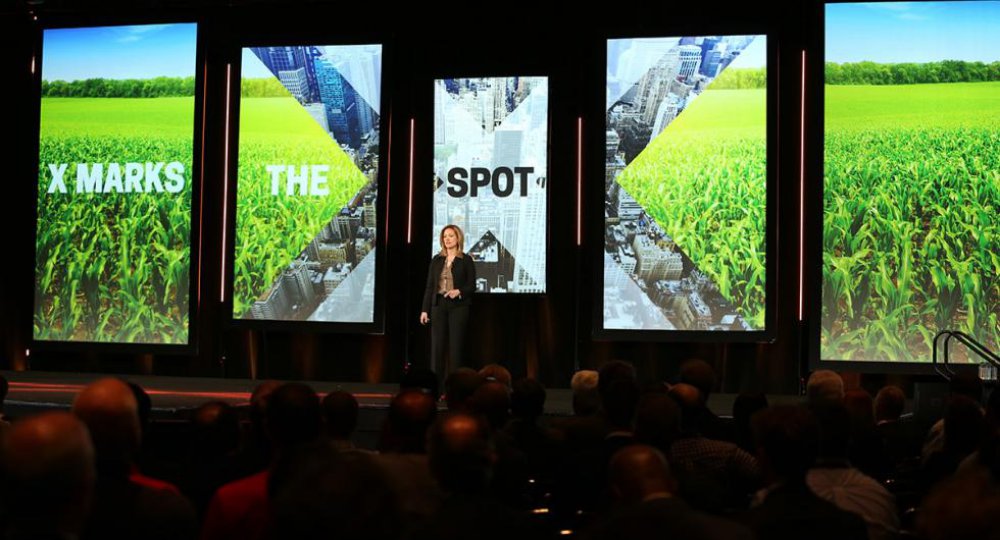As divergent as the three keynote speakers who addressed a full house at Xponential 2018 were Tuesday, they shared a common message of optimism for the future of unmanned systems.
From a business point of view, PrecisionHawk Inc., chief executive officer Michael Chasen described how his company’s work in preparation of the newly released Pathfinder Report provides a practical path toward ensuring that manned and unmanned aircraft could share the skies safely.
“There’s been tremendous growth in this industry,” Chasen said, involving everything from large corporations to garage tinkerers.
Dr. David Autor, Ford Professor of Economics at the Massachusetts Institute of Technology — openly frank about his lack of expertise in robotic operations –—maintained that doomsday thinkers who believe unmanned systems will trigger a massive loss of jobs are wrong.
The chief lawyer at the U.S. Department of Transportation explained how the Federal Aviation Administration and other agency players are well aware of the need for the government to keep up with advancing unmanned vehicle systems technology, and the increasing prevalence of these systems as they operate in public spaces. The department is particularly focused on fostering progress for UAS users.
“We are looking at the whole scheme of regulations, to make sure they’re adapted to the new technologies we are dealing with today,” said Steven G. Bradbury, DOT’s general counsel. “[Transportation] Secretary [Elaine L.] Chao shares your excitement for the potential of UAS, because of the great economic benefits they offer.”
Bradbury noted that more than one million users of small UAS are now registered with FAA. More than 150,000 of these aircraft are for commercial use, he said.
While downplaying his experience with UAS, Autor imparted a thorough description of the way automation has evolved over time — eliminating some jobs at first, but creating many more once society embraced their use.
“The message is not there’s nothing to be concerned about,” Autor said, “but that there are challenges and opportunities, and they are things we have control over.”
New technologies have shown that they make the jobs that survive more valuable than before, because workers are required to perform more diverse tasks, Autor said.
Also, he said, as technology frees time and creates affluence among the populace, people tend to “invent new services and products that occupy our time and command our attention.”
Chasen described how his company is working with the Harris Corp., to develop a better system of identifying potential midair calamities and mitigate them well before they happen. The plan effectively is a blueprint for expansion of BVLOS (beyond visual line of sight) operations. Aircraft, pilots and command centers alike would know when an aircraft is approaching, determine the possibility of danger, and take appropriate action.
Chasen wants to get the technology out to colleagues in the UAS community.
“This isn’t just about us. The goal is to help industry replicate the work we’re doing, and open up this multibillion-dollar industry,” he said.
Photo: Xponential host Sara Blackmer addresses the audience during Tuesday’s Keynotes. Photo: Becphotography
Source: AUVSI

